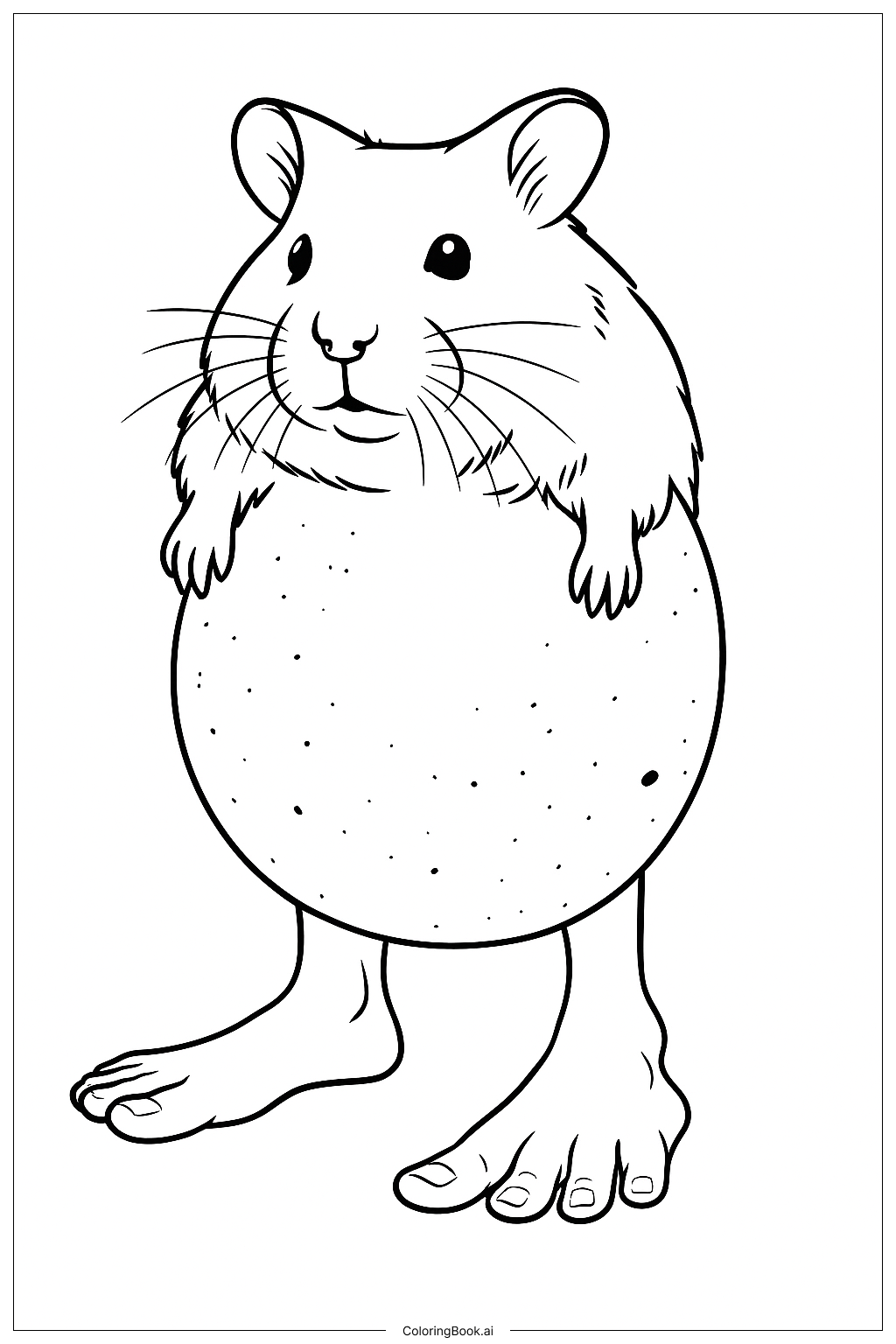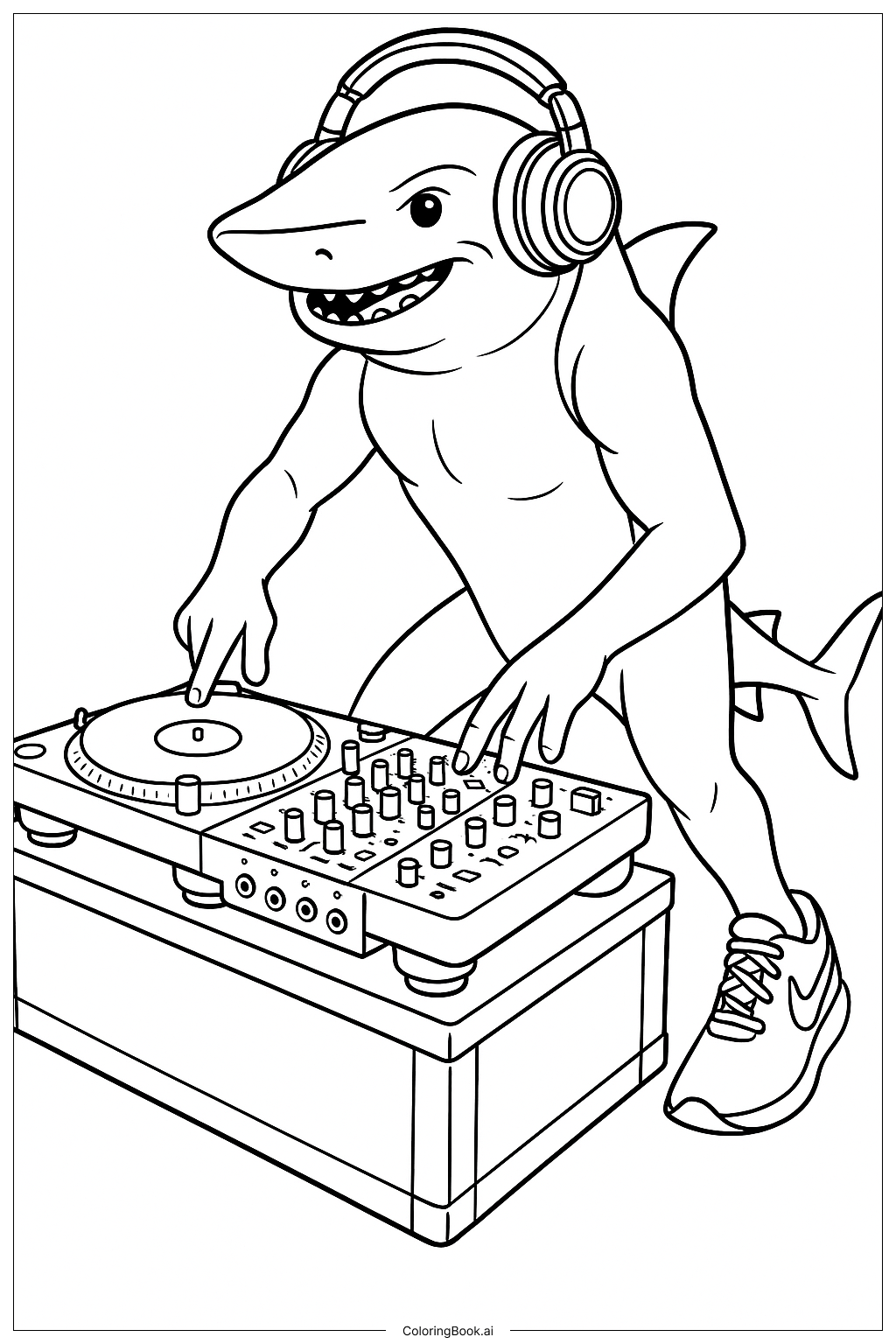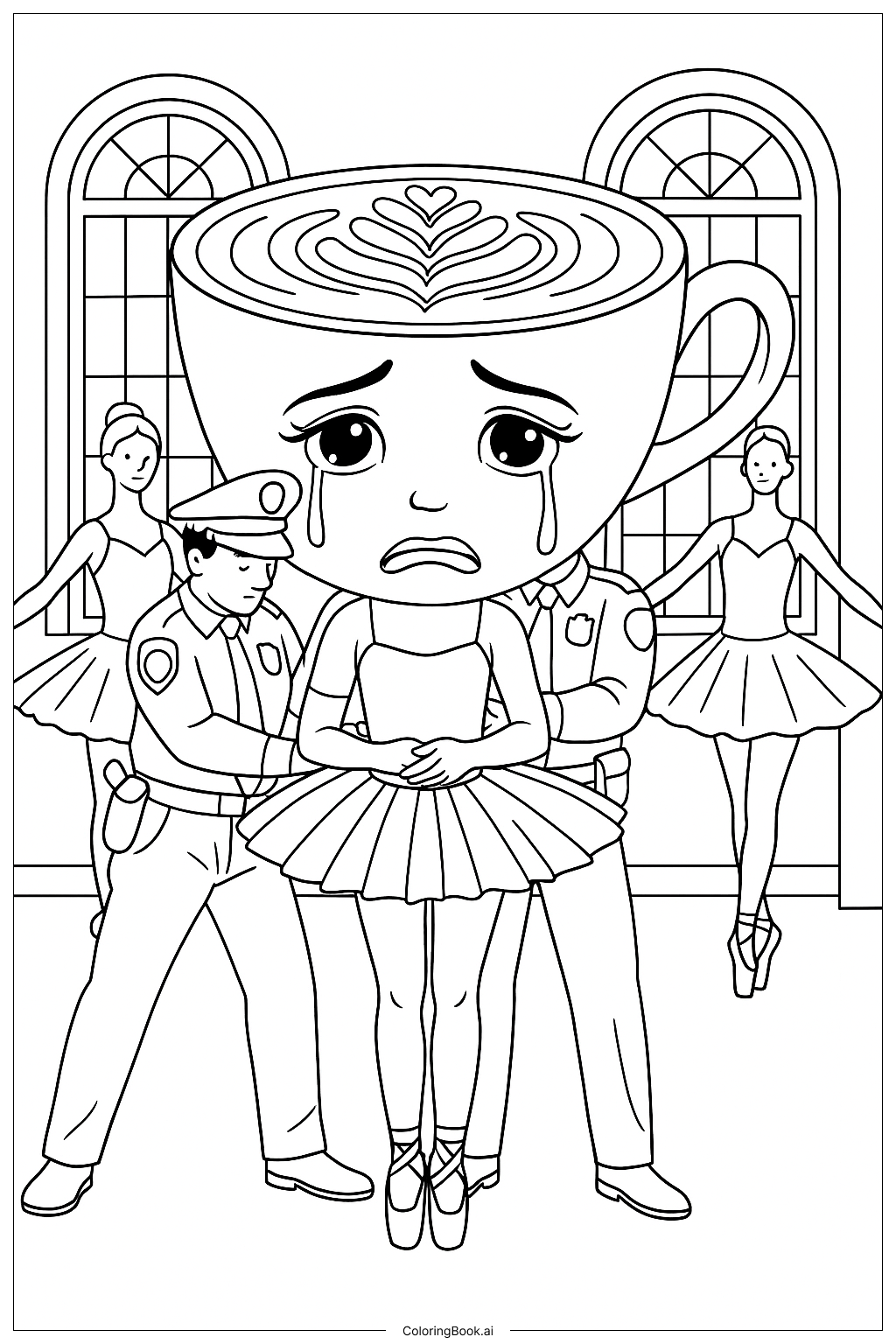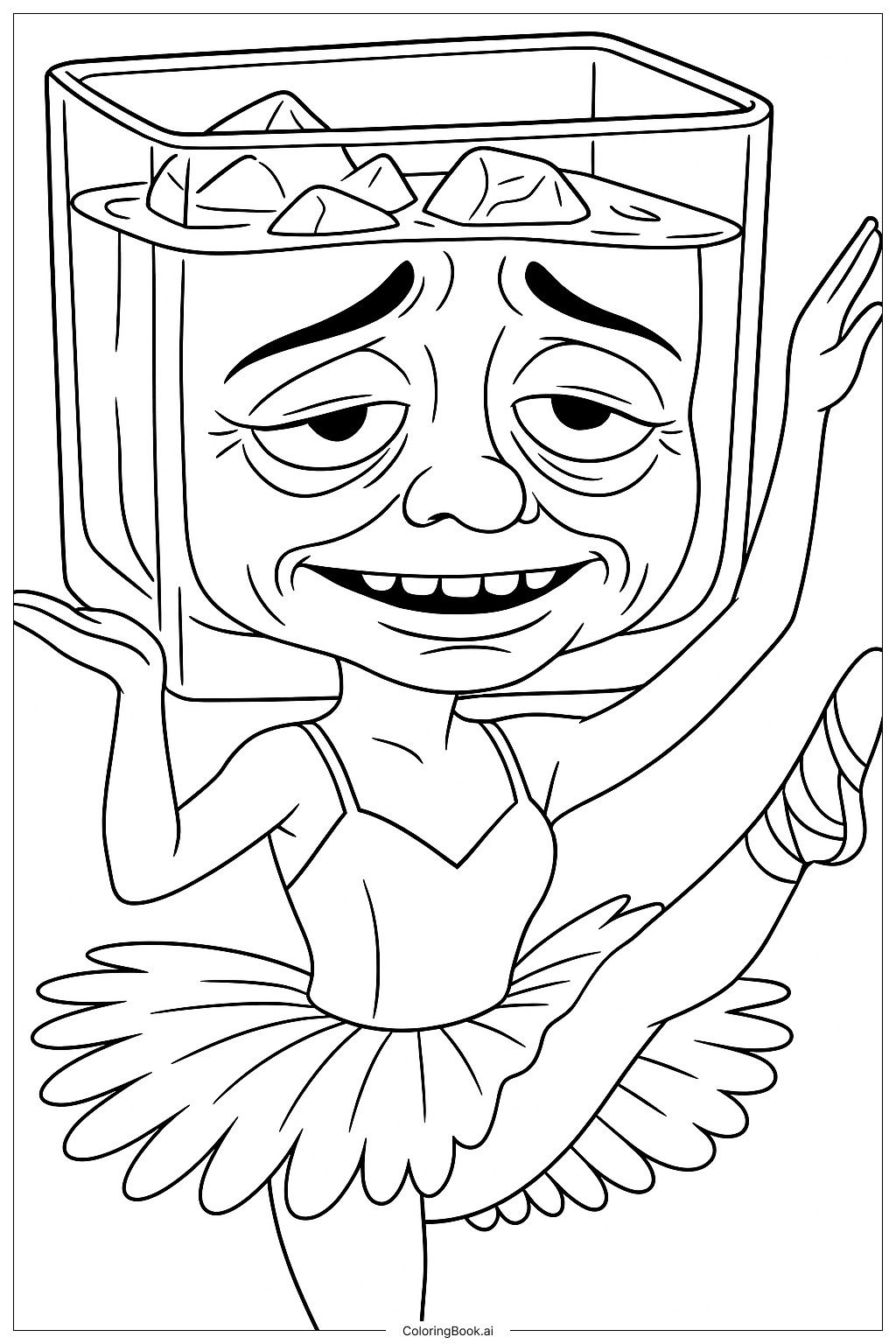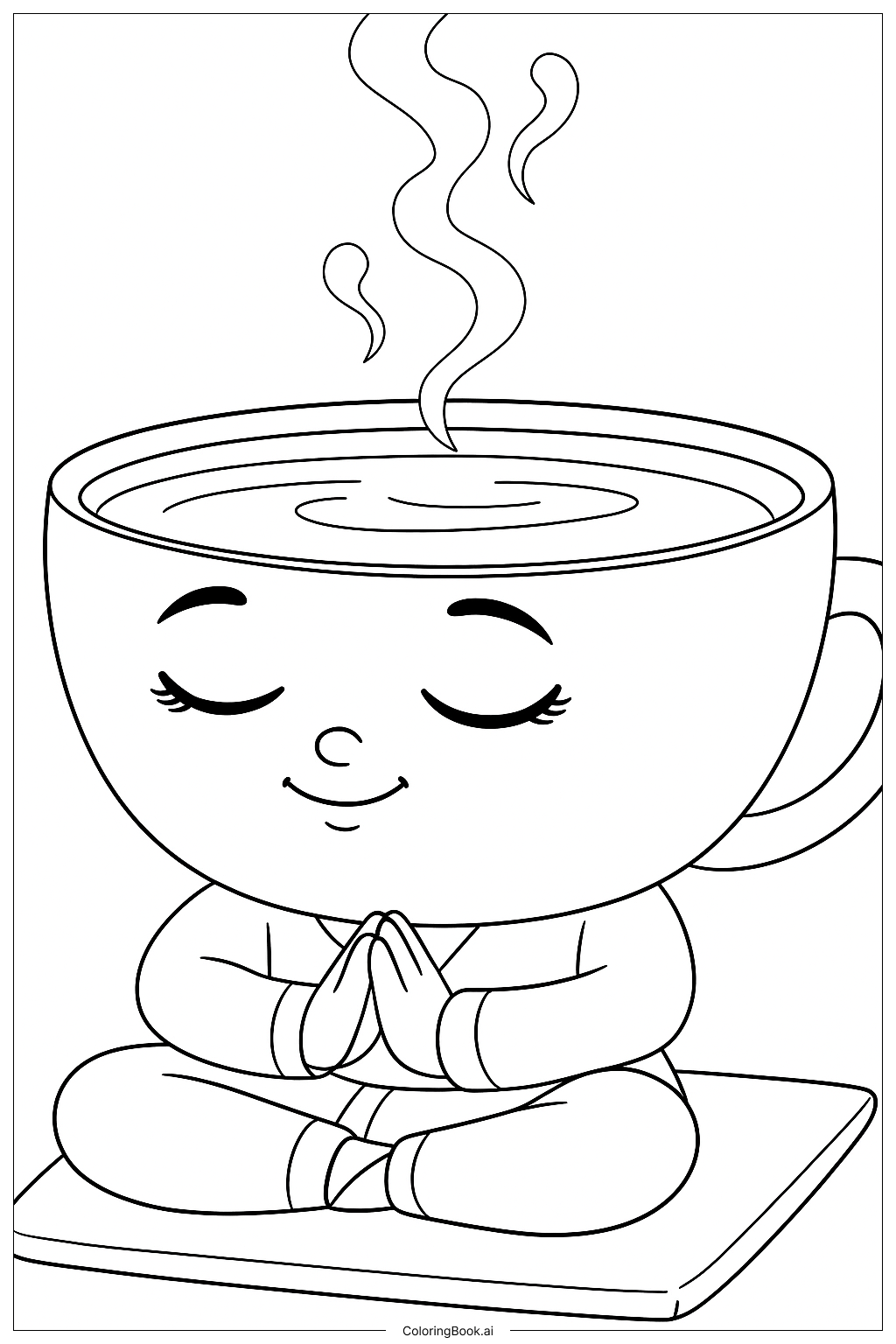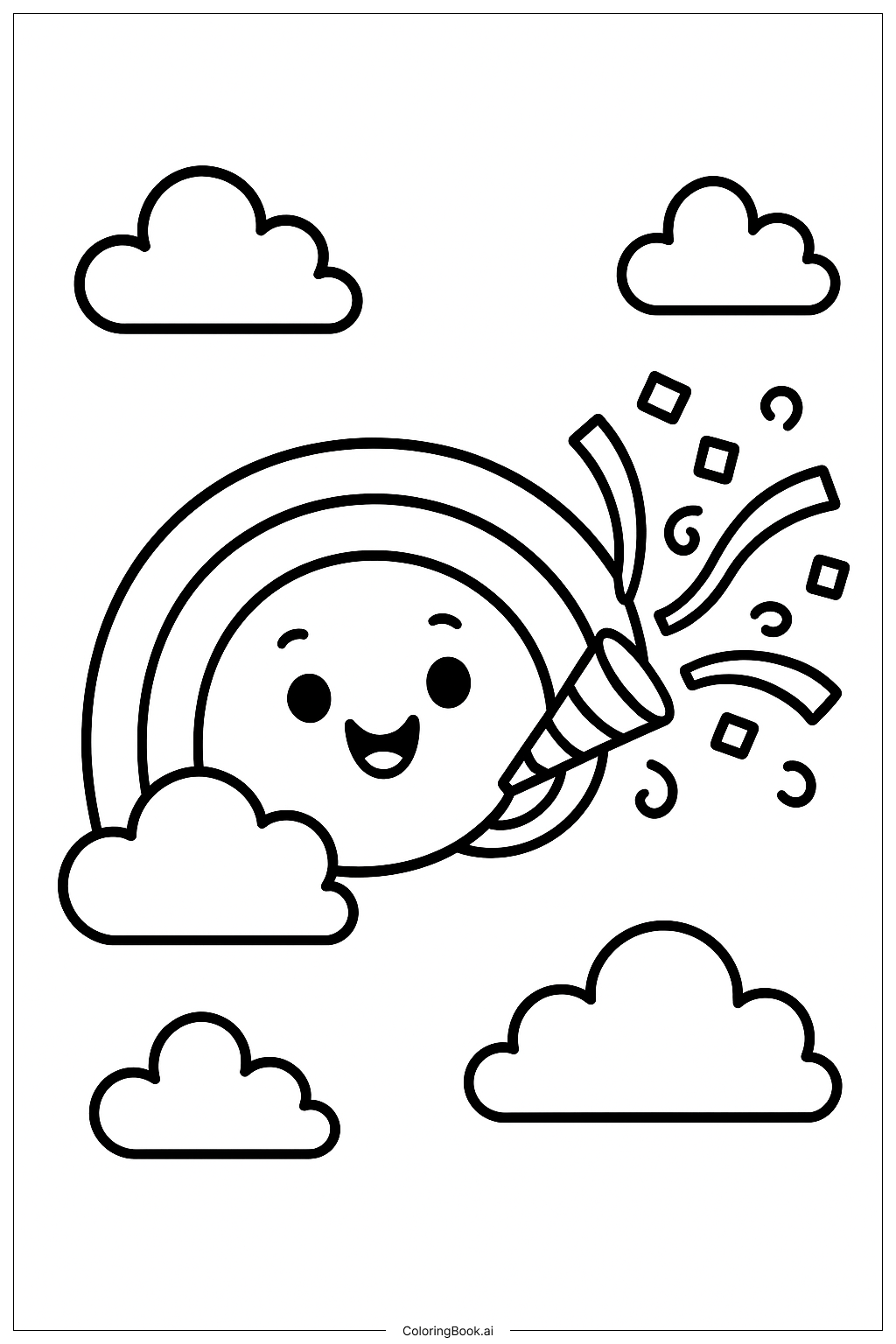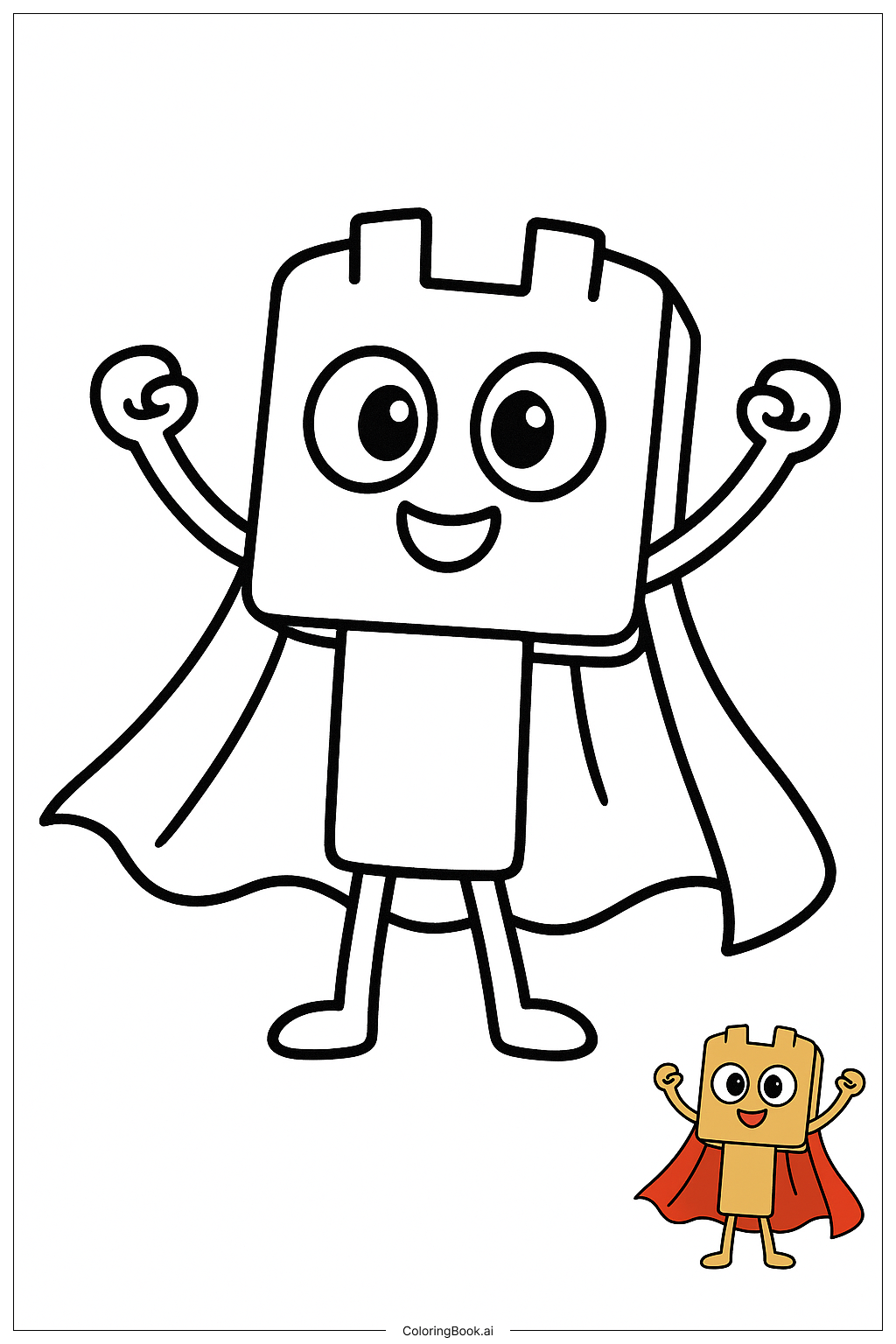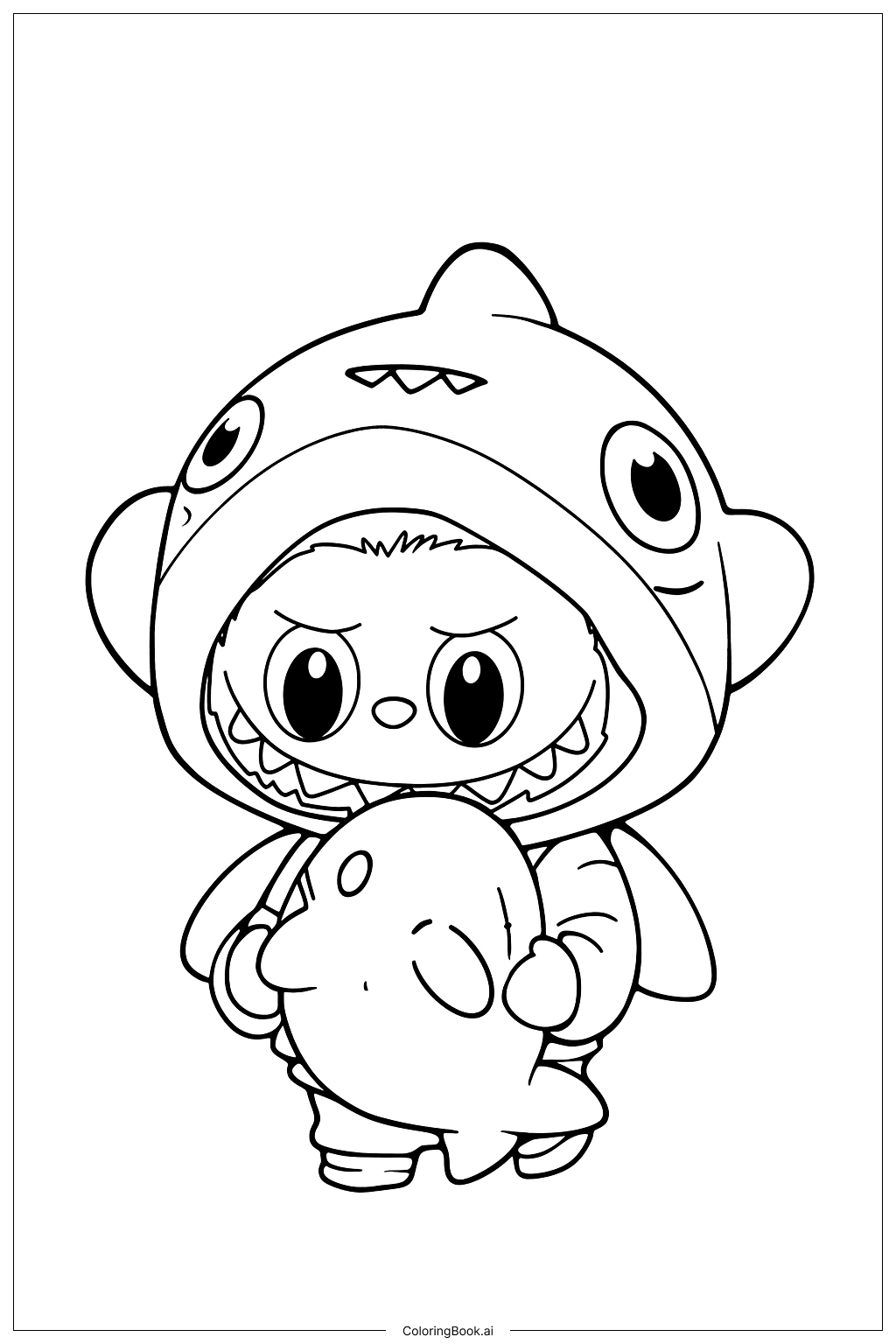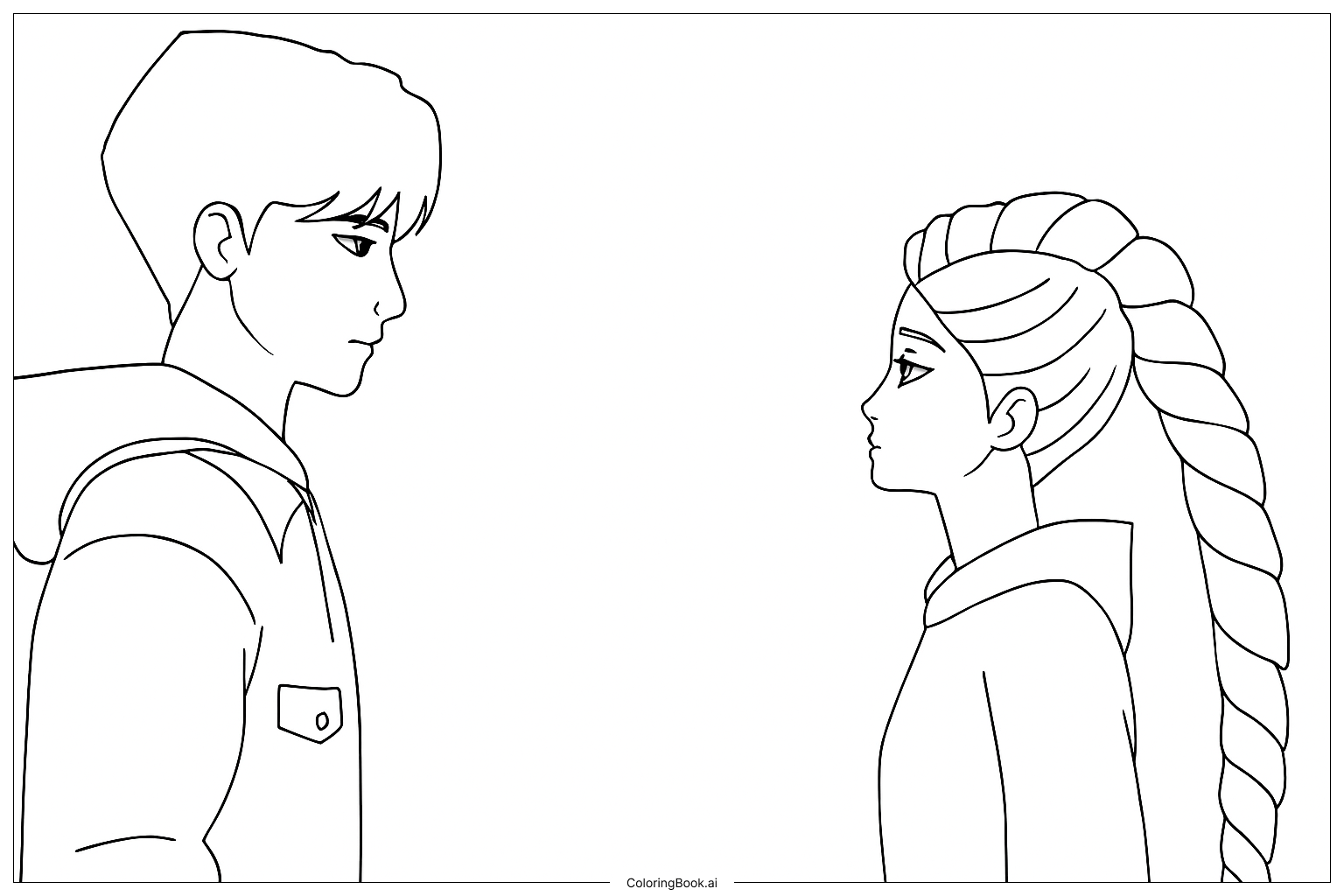Coloring tips: How to color Pipi Potato coloring page well?
For coloring this picture, try using soft browns and light yellows for the potato to show its natural color and bumpy texture. You can use shades of grey, light brown, or beige for the hamster's fur to make it look soft and fluffy. The eyes should be dark and shiny with a little white spot left for sparkle. For the feet, choose skin tones like peach or light pink to make them look like real human feet. You can also add some shading with light grey or brown to create depth. Remember to color gently around the small details like whiskers and the spots on the potato to keep the drawing neat and clear.
Coloring challenges: Which parts are difficult to color and need attention for Pipi Potato coloring page?
1. The transition between the hamster’s fluffy fur and the smooth potato surface can be tricky to color neatly, as these two textures are very different.
2. The small spots on the potato body need careful coloring to keep them clear and not smudged.
3. Coloring the human feet with toes and nails requires patience, especially for young children, to stay inside the lines and give the feet a realistic look.
4. The whiskers are thin lines, so coloring around them without coloring over can be difficult.
5. Balancing colors to make the hamster stand out from the potato while making the feet look natural can be challenging but rewarding.
Benefits of coloring books: Advantages of drawing Pipi Potato coloring page
Coloring this picture helps improve fine motor skills because of the small details like whiskers and potato spots. It encourages creativity by mixing colors for different textures such as soft fur, rough potato skin, and smooth human feet. It also makes kids think about unusual combinations, boosting imaginative thinking. Coloring carefully around lines builds focus and patience. Overall, this fun and unique picture makes coloring an enjoyable learning experience.
